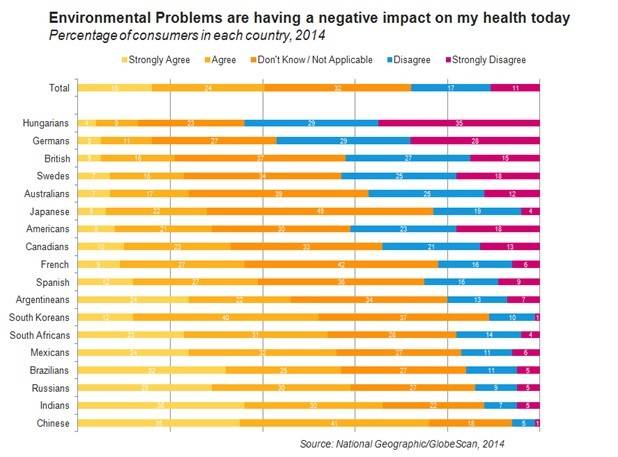Thank you for visiting the Finch & Beak website. Finch & Beak is now part of SLR Consulting, a global organization that supports its clients on setting sustainability strategies and seeing them through to implementation.
This is an exciting time for us, as our team now includes an array of new colleagues who offer advisory and technical skills that are complementary to our own including Climate Resilience & Net Zero, Natural Capital & Biodiversity, Social & Community Impact, and Responsible Sourcing.
We would like to take this opportunity to invite you to check out the SLR website, so you can see the full potential of what we are now able to offer.
Mapping the relevant product or service materialities is a hard prospecting process. Quite often they are emerging, fast moving topics that differ per target audience, per market and category. For instance, while researching the case for a global dairy standard on sustainability, leading industry players such as Arla, Fonterra and FrieslandCampina found a set of 11 key issues that varied significantly across the globe. To cover these differences, a model was developed with 6 material focus topics for each of their identified global regions leading to the Dairy Sustainable Framework.
Burning platforms also significantly vary in intensity per market. In 2014, National Geographic commissioned a quantitative consumer study of 18,000 consumers in a total of 18 countries asking consumers about sustainability issues such as energy use and conservation, transportation choices and food sources. This resulted in the 2014 National Geographic/GlobeScan Consumer Greendex.

The graph illustrates that big differences per country occur: while only 13% of Hungarians indicate that environmental problems were having a negative impact on their personal health, in China this number was as high as 76%.
Sustainable innovation typically focuses on discovering what products or services can be developed to address societal issues while at the same time generating a healthy profit. A good point in case of such a materiality driven innovation comes from Method, a San Francisco based company manufacturing environmentally friendly and non-toxic cleaning products since 2001. Method started from the desire to create products that “consumers did not have to hide under their sink”, meaning that they targeted mainstream consumers and not just environmentalists. This has led to a range of natural, biodegradable cleaning products for home cleaning, laundry, and hand & body, made from nature-derived materials.
Method’s packaging is focused on minimalistic, high-end product design with the use of 100% recycled plastic in their cleaning and hand wash bottles. This results in less waste in landfills, less energy needed to make the resin and esthetically pleasing bottles. In addition, Method uses refill pouches that offer 78-82% water, energy and plastic savings compared to a new bottle. Another example of their remarkable innovations is the launch of bottles made from a blend of recovered ocean plastic and post-consumer recycled plastic, raising awareness about the plastic soup issue.
Since its emergence in February 2001, Method has disrupted every aspect of its industry and grew into a green cleaning leader. Along the way, they ranked #7 on the Inc. 500 list and were named the #16th most innovative company in the world by Fast Company in 2008. In 2012, Method merged with Belgian green cleaning giant Ecover, and together they became the world’s largest green cleaning company. Today, Method can be found in more than 40,000 retail locations throughout North America, Europe, Australia and Asia.
To help marketers identify materialities that present strong opportunities to consumers, Finch & Beak has developed an instrument that maps 24 ways to X-ray your customers on sustainability. Our “Explore your Customore” tool contains a listing of market research techniques that will help select material issues that matter. The techniques can be used in different phases throughout the innovation process:
“Explore your Customore” is downloadable for free at the bottom of this article.
In case you are interested in finding out more on sustainable innovation or learning how to apply our “Explore your Customore” tool, please contact us at hello@finchandbeak.com for more information.
Image by 2014 presskit Method
Finch & Beak
hello@finchandbeak.com
+34 627 788 170